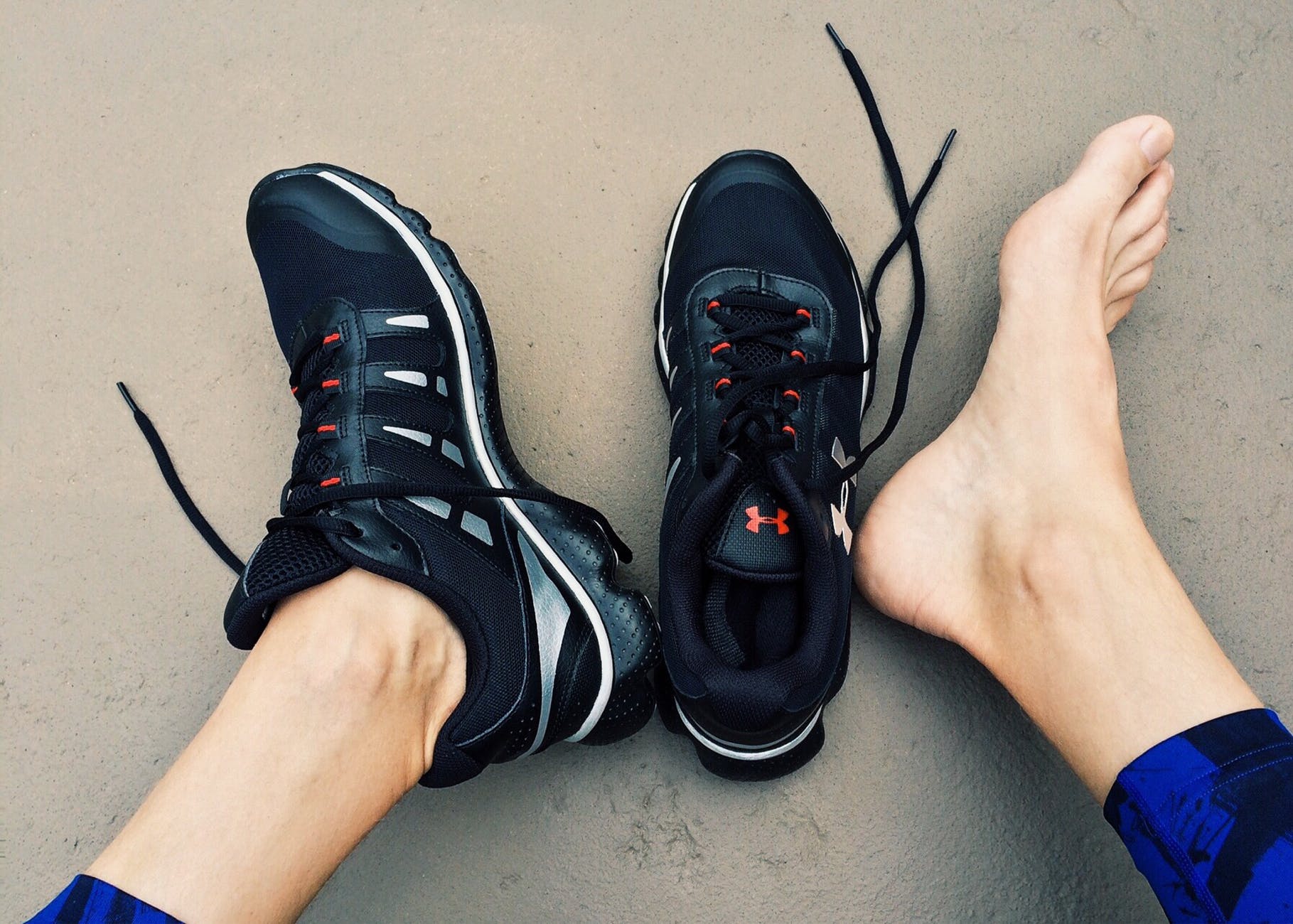Is Surgery the Only Option for Bunions?
 What Are Bunions?
What Are Bunions?
Bunions are bony protrusions on the bottom of the big toe. It is formed when the bones of the big toe and the front of the foot get misaligned. It causes the joint to stick out at an awkward angle.
Why Do They Manifest?
Bunions can be a genetic problem and can be seen as a slight deformity in younger people. They can worsen as they grow older. In adults, bunions can form due to tight fitting shoes. Arthritis is another reason for the formation of bunions.
How Do You Know if You Have Bunions?
Enlarged bunions can be extremely painful and may limit the movement of the big toe. An emerging bunion can cause corns or calluses due to the friction between the protrusion and your footwear. Bunions can also manifest as a swelling on the base of the big toe. It is better to see a doctor during the early stages and get it treated before it affects your movement or causes pain.
Treatment for Bunions
If treated in the early stages, non-surgical procedures may help relieve the symptoms of a bunion. This could include wearing padding over the bunions, medications and topical creams, icing and insoles. If it is severe, the podiatrist may suggest shoe inserts, corrective shoes or other orthotic devices to help provide relief.
When Is Surgery an Option?
Surgery may be considered only if alternative treatments do not help in relieving the pain or if the bunion affects your movement. Surgical options include:
· Removing swollen tissue from around the base of the big toe.
· Straightening the big toe by removing the protruding bone.
· Realigning the bones of the big toe and the front of the foot.
· Joining the bones of the affected area permanently.
As recovery after surgery will take time and rehabilitation is necessary, the podiatrist will use surgery as the last resort in the case of bunions.
- Sep 18, 2020
